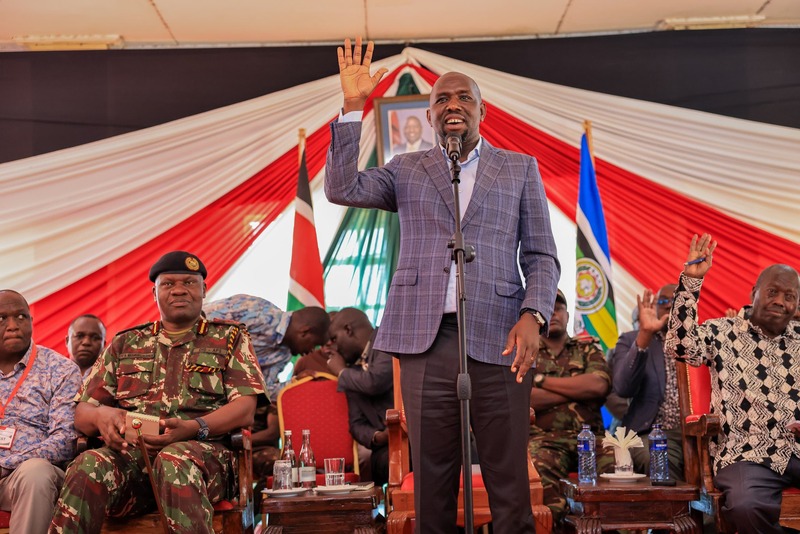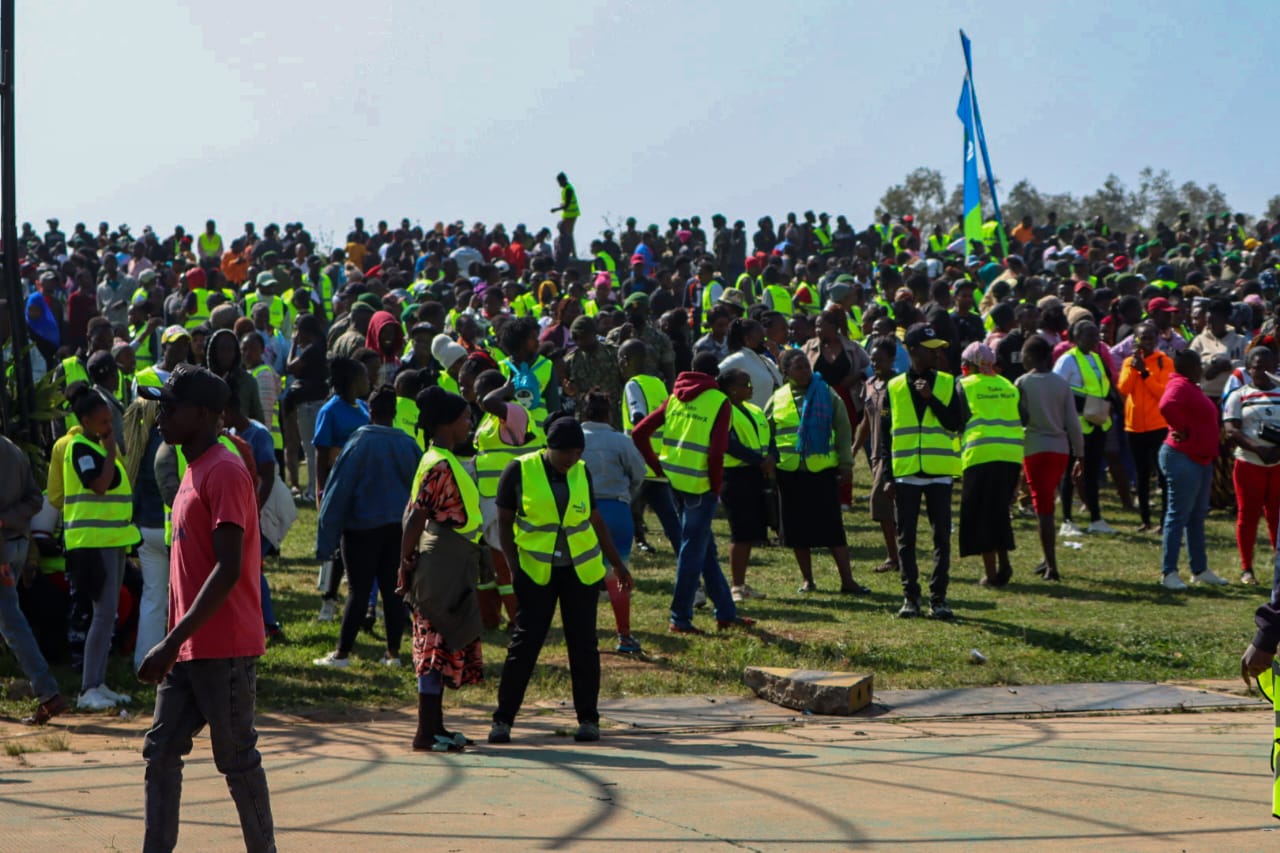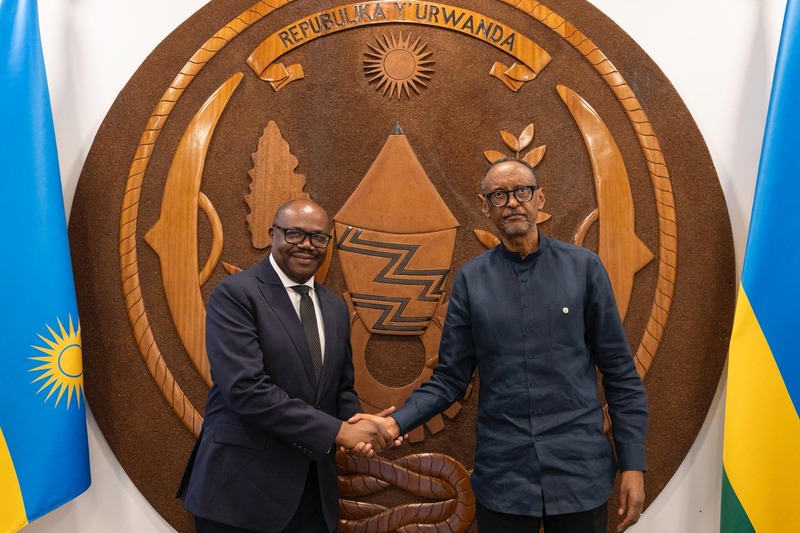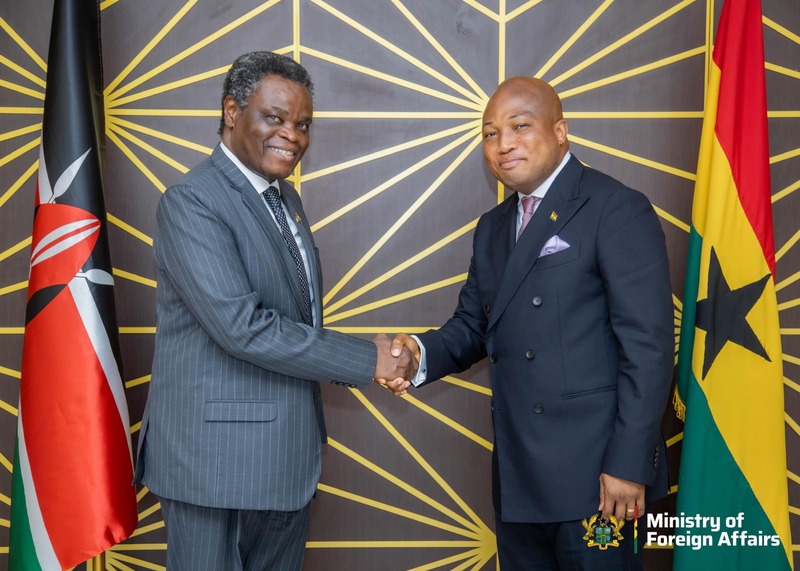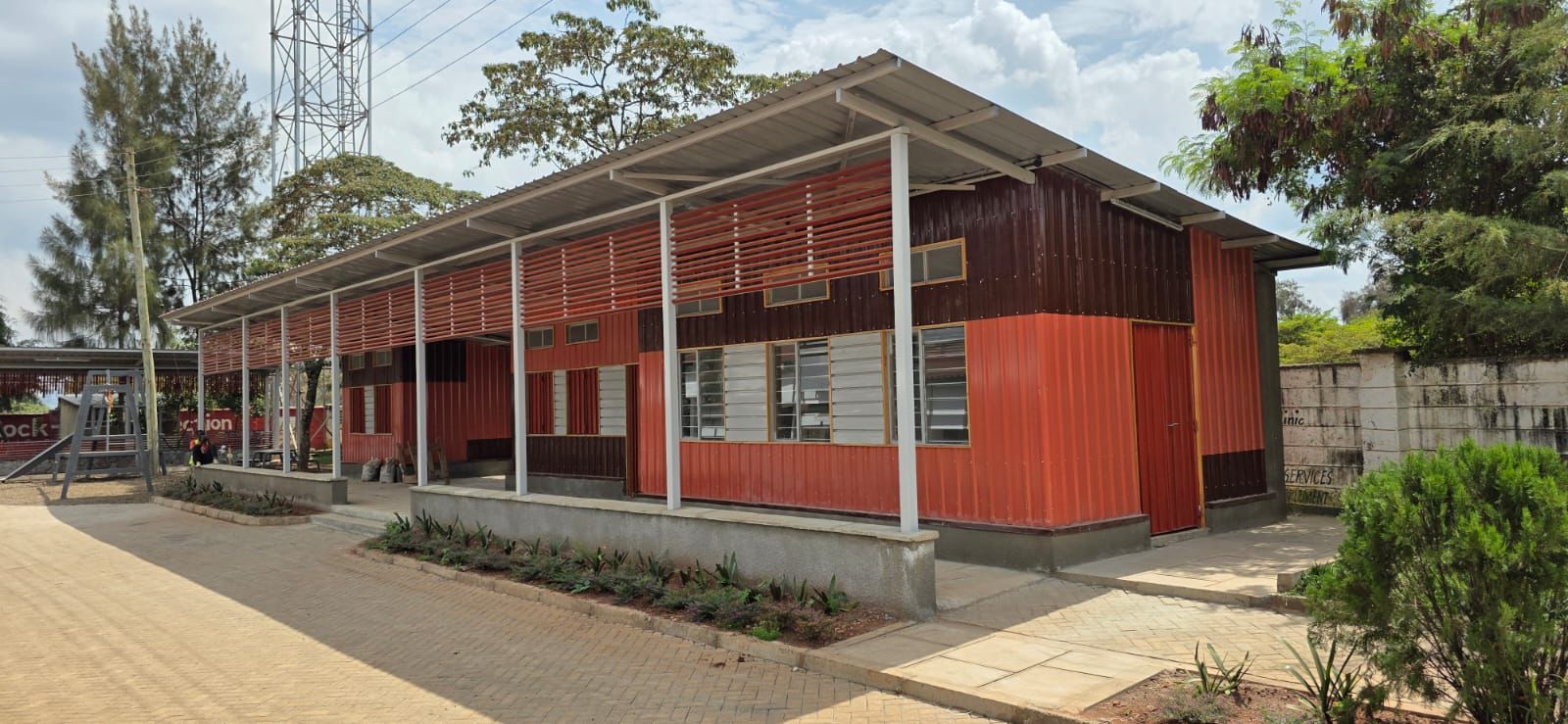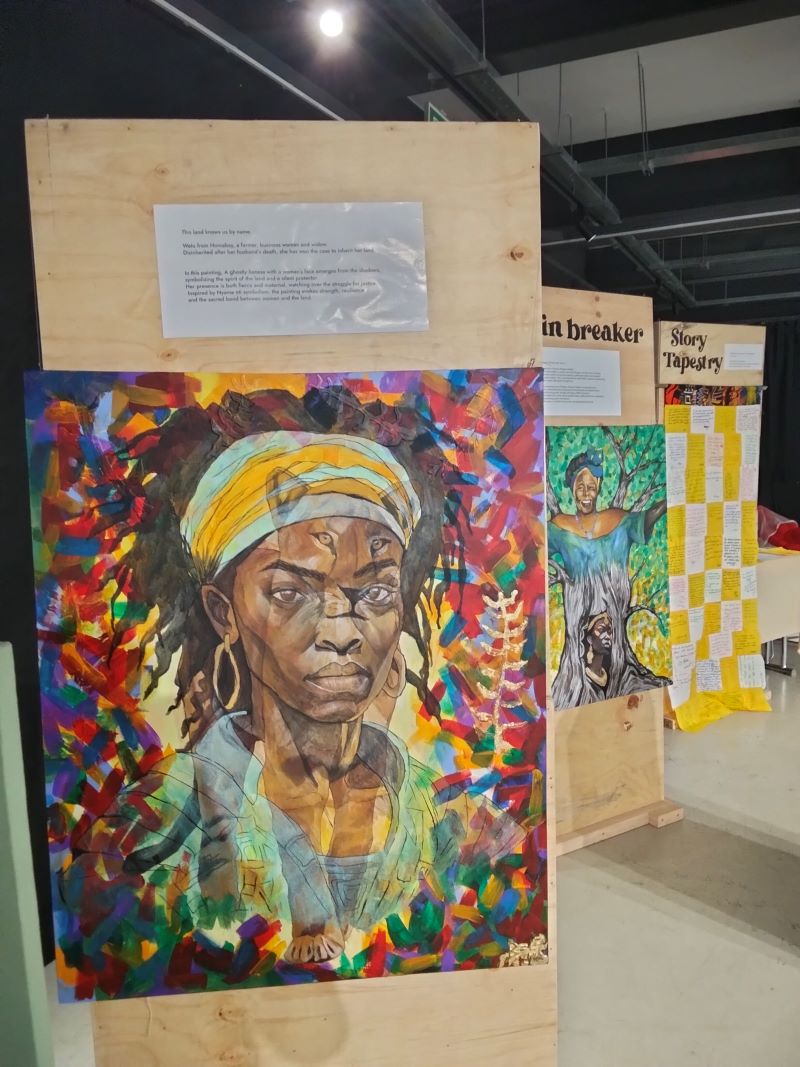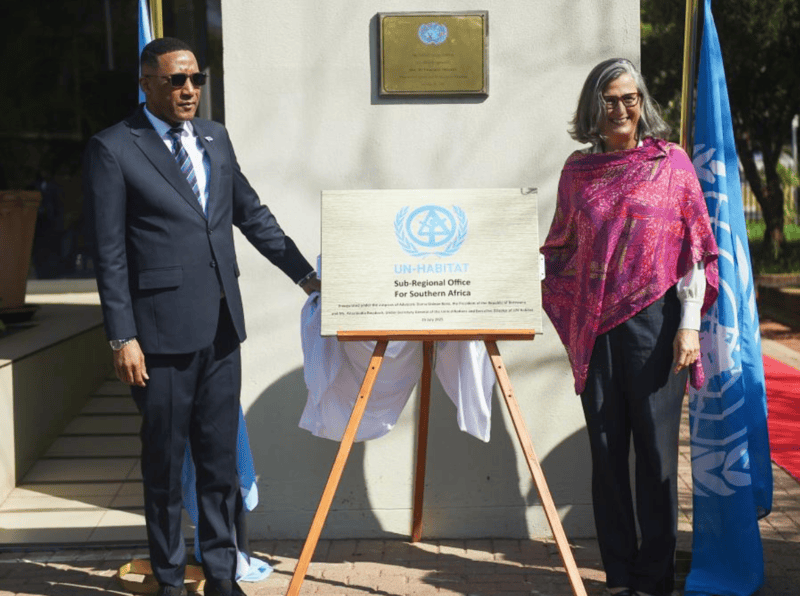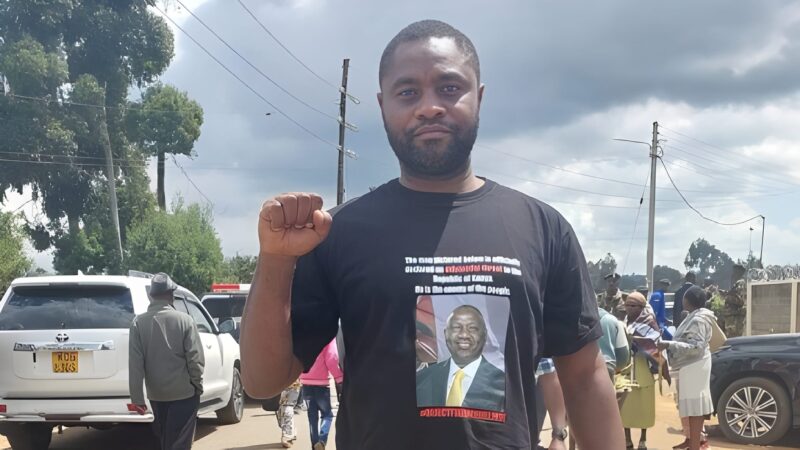‘Giving help and giving hope’, an aerial lifeline to the world’s most isolated
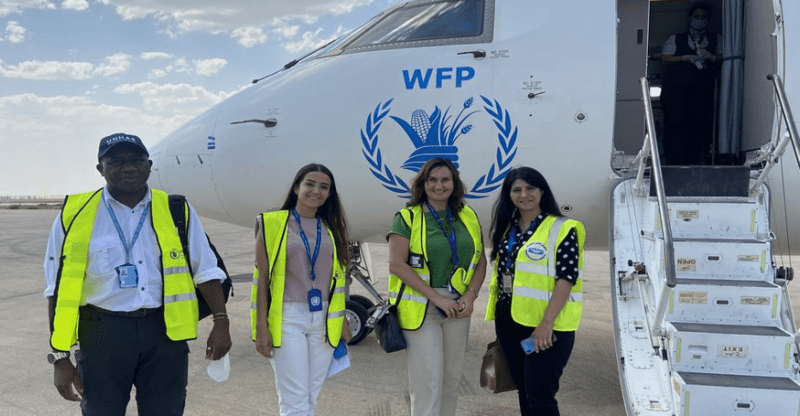
Cindy McCain and Franklyn Frimpong, the UNHAS chief of aviation, have been discussing the importance of the life-saving service.
A humanitarian air service, which has been described by the World Food Programme chief as “giving help and giving hope” to the world’s most remote and disadvantaged communities, is celebrating its twentieth anniversary this year.
The WFP’s Executive Director Cindy McCain said the UN Humanitarian Air Service (UNHAS), which is managed by the UN’s food agency, enabled humanitarians to respond quickly to crises in the “deep field.”
More To Read
- UN warns of worsening hunger, disease and displacement crisis in Eastern Africa
- WFP to halt humanitarian aid in Northeast Nigeria, leaving 1.3 million at risk
- Garissa unveils irrigation policy to boost food security, climate resilience and economic growth
- Over 100 NGOs call for urgent access routes for aid into Gaza
- WFP warns of potential food aid cut in South Sudan in September
- Food security in Africa at risk without increased agriculture budgets, ministers warn
Cindy McCain and Franklyn Frimpong, the UNHAS chief of aviation, have been discussing the importance of the life-saving service.
Cindy McCain: UNHAS makes WFP and other agencies work. UNHAS gives us the ability to reach the deep field and parts of the world that are absolutely impossible to get to otherwise, and also deliver goods and transport human beings wherever they need to be.
I don’t think WFP could be complete without UNHAS. And it’s something that not only we value; I know the other agencies do too. When people see a UNHAS plane landing, they know help has arrived. That’s what we do: give help and give hope.
Franklyn Frimpong: UNHAS has been at the forefront of many of the humanitarian emergencies since its inception 20 years ago. Examples that readily come to mind are the Ebola outbreak in West Africa and the COVID-19 pandemic for health emergencies, natural disasters such as tsunamis, and then the many conflict-induced crises and emergency situations that we find ourselves in now.
Currently, we serve more than 600 organisations, and that positions UNHAS as a crucial enabler in some of these complex humanitarian responses.
Cindy McCain: It’s also important to remember that WFP’s and other UN agencies’ collective work is about bringing stability into regions. That’s a very important part of UNHAS: our ability to help with stability and make sure that the communities, as well as the world, understand the importance of a stable state: not just stable communities, but stable governments as well.
Franklyn Frimpong: But UNHAS, and for that matter, WFP, cannot do this alone. It calls for partnerships and collaboration with stakeholders like governments, the donor community, sister UN agencies and other aid agencies to really achieve the desired response to the complex humanitarian emergencies.
UNHAS’ success basically lies in collaboration. Indeed, UNHAS is a testimony of what can be achieved when organisations come together with a shared vision.
Cindy McCain: What I see for UNHAS is, I hope, growth, and new abilities for science and technology when it comes to aviation. That's very important, especially when we're talking about trying to deliver a global need, which is what we do.
I think that our ability to continue to make sure that we can fly safely, remain neutral, and be a part of a global strategy that helps, not hurts, is a large part of what UNHAS does.
Fact Box:
- UNHAS serves multiple destinations through 17 operations globally linking 20 countries.
- Managed by the WFP, UNHAS offers passenger and light cargo transport for the wider humanitarian community to and from hard-to-reach crisis areas.
- In 2023, WFP airlifts provided roughly 11,500 tons of food and assistance to more than half a million people in cutoff towns across Burkina Faso.
- UNHAS’s work in Burkina Faso has been supported largely by the European Union, Luxembourg, Switzerland and the United States.
Top Stories Today

